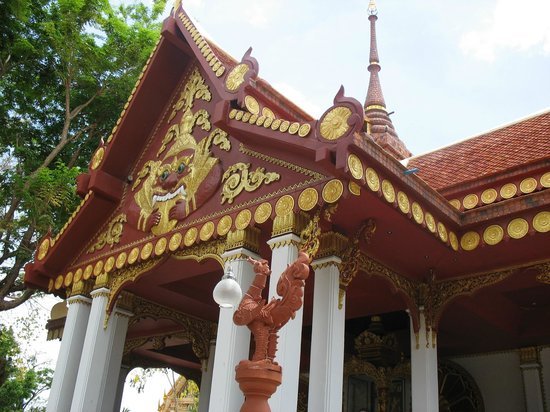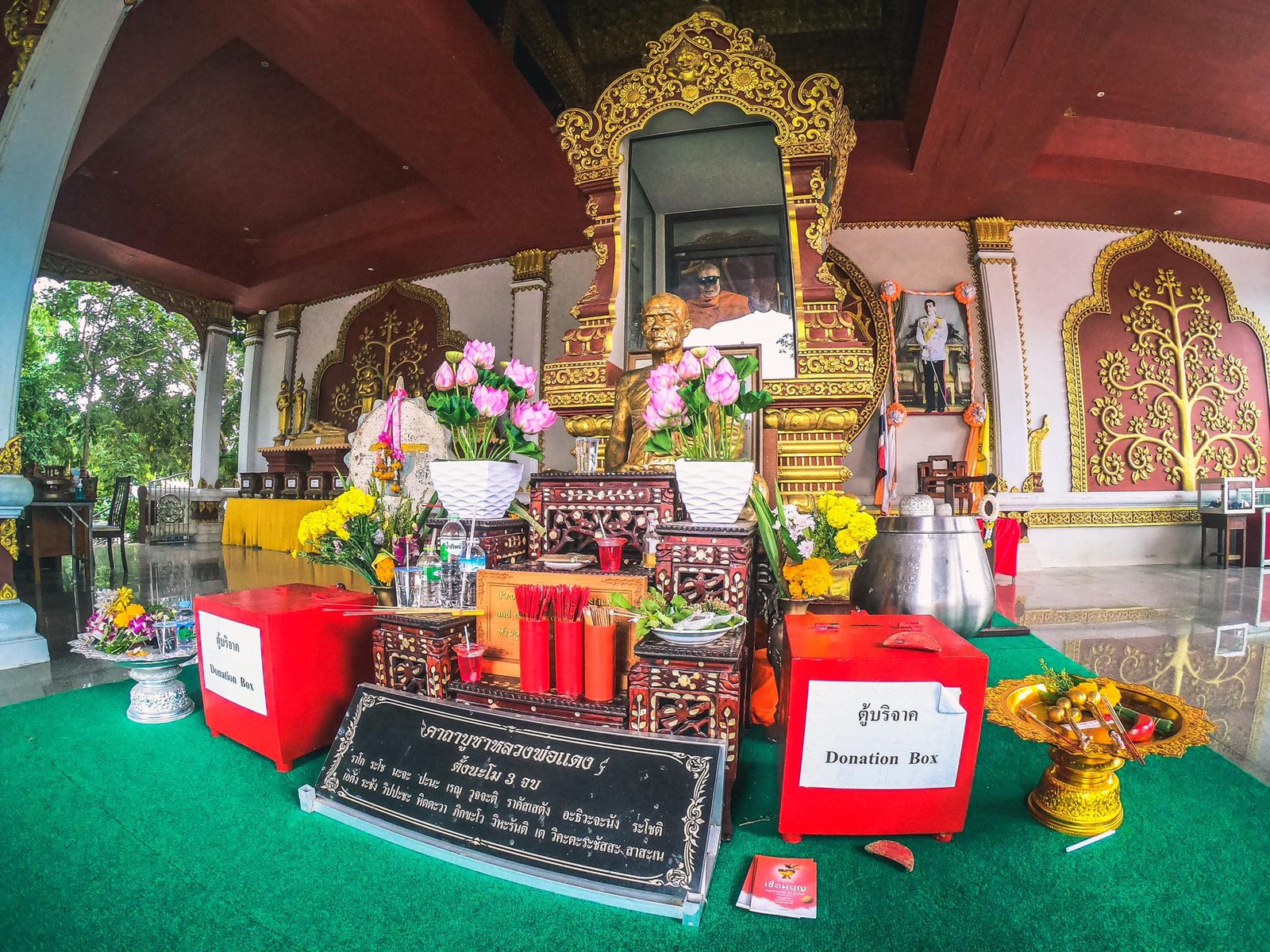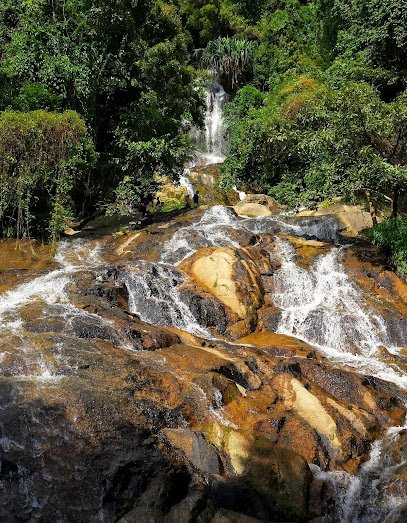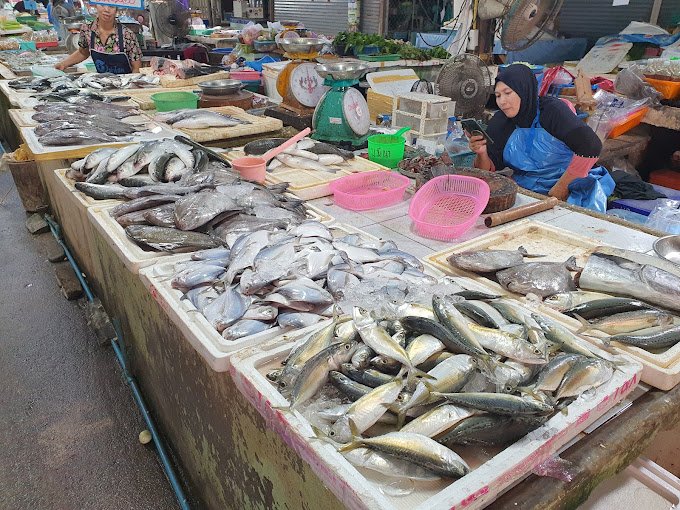Temple – Koh Samui
Wat Khunaram
Exploring Wat Khunaram
The Spiritual Heart of Koh Samui
Wat Khunaram is one of Koh Samui’s most significant cultural and spiritual landmarks, renowned for its preserved mummified monk, a revered figure who continues to inspire devotion and reflection among locals and visitors alike. Located near the island’s southern coast, this sacred temple offers a fascinating insight into Thai Buddhist traditions, making it a must-visit destination for anyone seeking to connect with Koh Samui’s rich cultural heritage.
Wat Khunaram
The Story of the Mummified Monk
The Story of the Mummified Monk
At the heart of Wat Khunaram lies the glass-encased body of Luang Pho Daeng, a monk who passed away in 1973 while meditating. Born in Koh Samui, Luang Pho Daeng dedicated his life to Buddhist teachings and became a respected spiritual leader. Before his death at the age of 79, he requested that his body be preserved as a symbol of the impermanence of life and a reminder of the importance of mindfulness and spiritual practice.
What makes his mummified body extraordinary is its natural state of preservation, which remains intact decades after his passing. The serene expression on his face and his meditative posture are a source of inspiration for Buddhists, symbolizing the monk’s profound commitment to his faith.


Cultural Significance
Wat Khunaram is more than just a place of worship; it’s a testament to the resilience of Thai Buddhist traditions. The mummified monk serves as a tangible reminder of the importance of mindfulness and the transient nature of life—a cornerstone of Buddhist philosophy. For local devotees, the temple is a place to seek blessings, reflect on life’s impermanence, and strengthen their spiritual journey.
Temple Architecture
Wat Khunaram features traditional Thai temple architecture, with ornate golden details, intricate carvings, and vibrant colors. The temple grounds exude a peaceful atmosphere, perfect for quiet reflection.


Buddhist Offerings and Ceremonies
Visitors often witness locals making offerings of flowers, incense, and food at the temple. These acts of devotion reflect the deeply spiritual connection the Thai people have with their religion.
Wat Khunaram
Tips for Visitors
Dress Modestly
As a place of worship, visitors should wear clothing that covers their shoulders and knees to show respect. Sarongs are often available for rent or loan at the temple entrance.
Remove Shoes
Shoes must be removed before entering the temple buildings. This is a common practice in Thailand and symbolizes respect for sacred spaces.
Photography Etiquette
While photography is allowed, visitors should be mindful not to disrupt worshippers or ceremonies. Avoid taking flash photos near the mummified monk.
Best Time to Visit
Mornings and late afternoons are ideal for a visit, offering cooler temperatures and fewer crowds. Participating in a ceremony or observing one can enrich the experience.
Nearby Attractions

Na Muang, Koh Samui
Na Mueang Waterfall 2, located in Na Mueang, Koh Samui, is a...

Na Muang, Koh Samui
Discover the enchanting Secret Buddha Garden and the serene Tarnim...

Lamai, Koh Samui
As expected, you can get aromatic spices from the market as spices are an integral part of Thai...
Why Wat Khunaram Stands Out
Wat Khunaram’s uniqueness lies in its balance of cultural, spiritual, and historical significance. Unlike other temples that might focus primarily on their architecture, Wat Khunaram offers a deeply personal connection through the story of Luang Pho Daeng. His preserved body serves as a symbol of spiritual discipline, inspiring visitors to reflect on life’s deeper meanings.
The temple’s serene surroundings and accessibility make it a welcoming place for both spiritual seekers and curious travelers. Whether you’re there to pay your respects, learn about Thai Buddhism, or simply experience a unique cultural site, Wat Khunaram is a destination that leaves a lasting impression.


Conclusion
For a meaningful and enriching experience, Wat Khunaram is a must-visit on Koh Samui. Its tranquil ambiance, cultural depth, and the fascinating story of the mummified monk offer a unique opportunity to connect with Thailand’s spiritual heritage. A visit here isn’t just a sightseeing stop—it’s a journey into the heart of Thai Buddhism and a reminder of the enduring power of faith and mindfulness.
